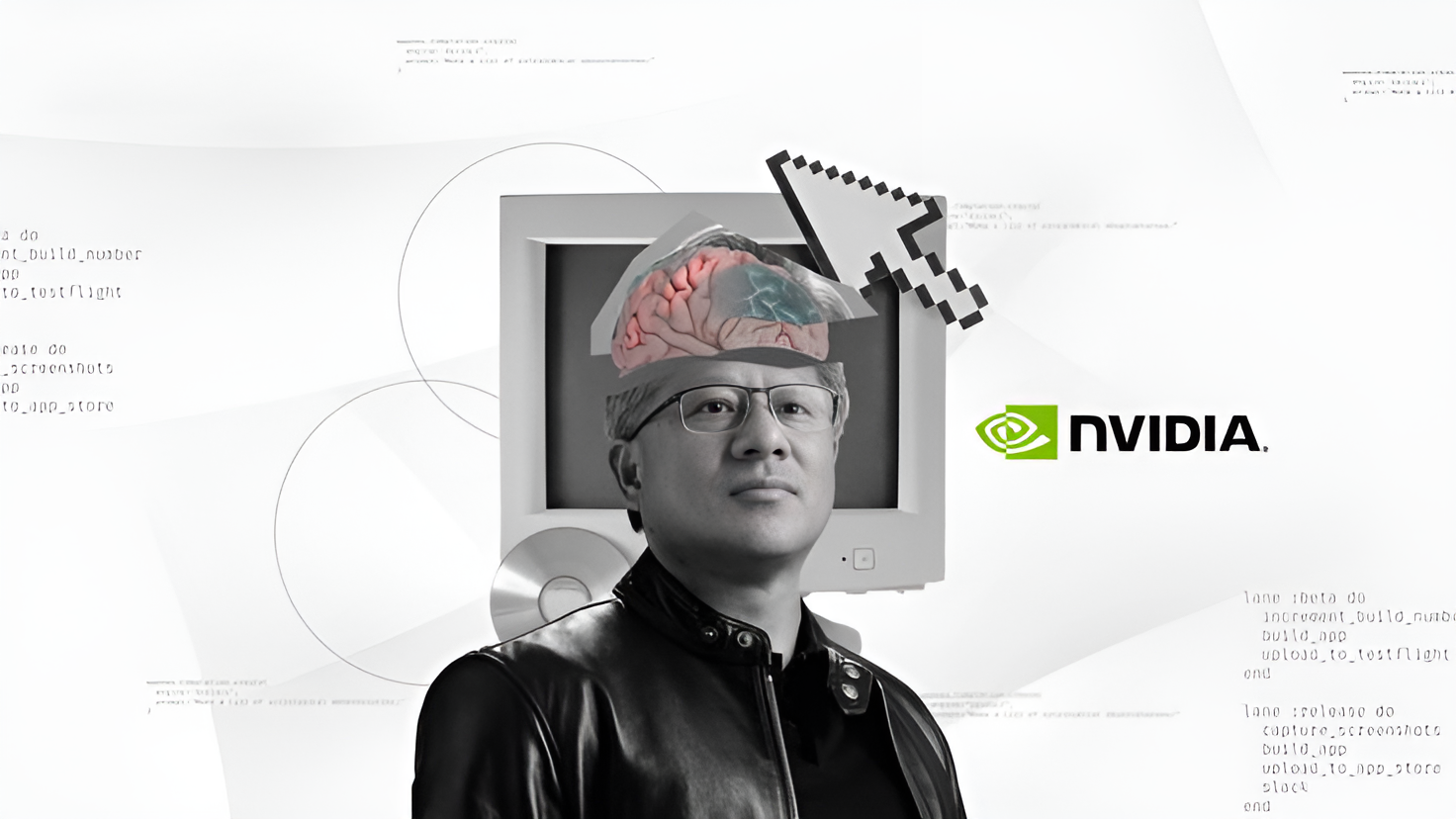Prioritizing data for post-quantum cryptography (PQC) Analysis Report
5W1H Analysis
Who
The key stakeholders in this scenario include organisations and cybersecurity firms worldwide that are responsible for data protection. Researchers and developers in the field of quantum computing and encryption also play crucial roles. Additionally, businesses handling sensitive data are vital participants in implementing post-quantum cryptography.
What
The event focuses on developing and implementing a scalable cryptography strategy to safeguard sensitive data from potential threats posed by quantum computing advancements. This includes prioritising data protection using new cryptographic techniques adaptable to quantum threats.
When
The publication date of this news was 11th June 2025. It emerges in the context of increasing awareness and preparation for quantum computing's impact on cryptography over the previous years.
Where
The impact of this development is global, affecting markets and enterprises worldwide that rely on encrypted data security. Key areas include technology hubs in the United States, Europe, and parts of Asia leading quantum computing research.
Why
Quantum computers have the potential to break current encryption algorithms, rendering traditional data protection methods obsolete. The motivation behind post-quantum cryptography is to pre-emptively secure data against this looming threat, ensuring continued confidentiality and integrity.
How
The method involves the research and implementation of post-quantum cryptographic algorithms. Organisations assess their data assets' sensitivity and strategically prioritise data encryption migrations to more robust systems designed to withstand quantum decryption capabilities.
News Summary
A new approach to data protection against the anticipated quantum computing threat is being prioritised. By focusing on post-quantum cryptography (PQC), organisations aim to shield their most sensitive data using scalable and adaptable cryptographic strategies. This move is driven by the fear that quantum advancements could jeopardise existing encryption standards. Therefore, this initiative is critical as it introduces methodologies to bolster data security in anticipation of future technological advancements in quantum computing.
6-Month Context Analysis
In the preceding six months, significant efforts have been undertaken by various tech giants and governmental agencies worldwide to address the vulnerabilities posed by quantum computing. Conferences and think tanks have been devoted to discussing post-quantum strategies, and there's been a surge in research funding and collaboration across borders aimed at developing quantum-resistant algorithms. This news is a continuation of these collective efforts, reinforcing the industry's commitment to proactive data security adaptation.
Future Trend Analysis
Emerging Trends
There is a clear trend towards widespread adoption of post-quantum algorithms. As quantum computing capabilities evolve, industries ranging from finance to healthcare will increasingly prioritise quantum-resistant encryption protocols.
12-Month Outlook
Stakeholders will likely see continued advancements in post-quantum algorithm research and initial trials of these systems in existing digital infrastructures. Increased investment is projected, focusing on broadening the applicability and accessibility of PQC methodologies.
Key Indicators to Monitor
Watch for announcements of successful breaches of current encryption by quantum computers, developments in quantum hardware, regulatory changes mandating PQC, and public-private partnerships in cryptographic research.
Scenario Analysis
Best Case Scenario
Successful integration and industry-wide adoption of post-quantum cryptographic standards prevent any data breach resulting from quantum computing advancements. This preparedness maintains data integrity and consumer trust.
Most Likely Scenario
Gradual implementation of PQC strategies occurs as quantum computing technology continues to develop. Some industries might face delays or budgetary constraints, slowing universal adoption but progress remains steady.
Worst Case Scenario
Quantum computing advancements outpace the development of effective PQC solutions, leading to significant vulnerabilities and potential data breaches. This could result in severe financial and reputational damage for unprepared organisations.
Strategic Implications
- Organisations should audit current encryption methods and begin prioritising PQC adoption for sensitive data. - Increased collaboration between governments, private firms, and academic institutions to accelerate PQC development is vital. - Continuous investment in research and development to stay ahead of potential quantum threats should be considered essential. - Awareness and training programs for IT professionals on PQC principles and practices should be enforced to ensure preparedness.
Key Takeaways
- Organisations must begin preparations to transition to PQC solutions (Who: businesses, What: secure sensitive data).
- Governments should fund and support post-quantum research developments (Where: global markets, What: enable resilience against quantum threats).
- Cross-sector collaborations are essential for expediting post-quantum encryption methodologies (Who: tech firms, research institutions).
- Continuous monitoring of advancements in quantum computing remains imperative (What: assessing the urgency for PQC adoption).
- Investment in PQC should become a strategic priority for safeguarding long-term data integrity (How: develop scalable cryptographic strategies).
Source: Prioritizing data for post-quantum cryptography (PQC)





















Discussion